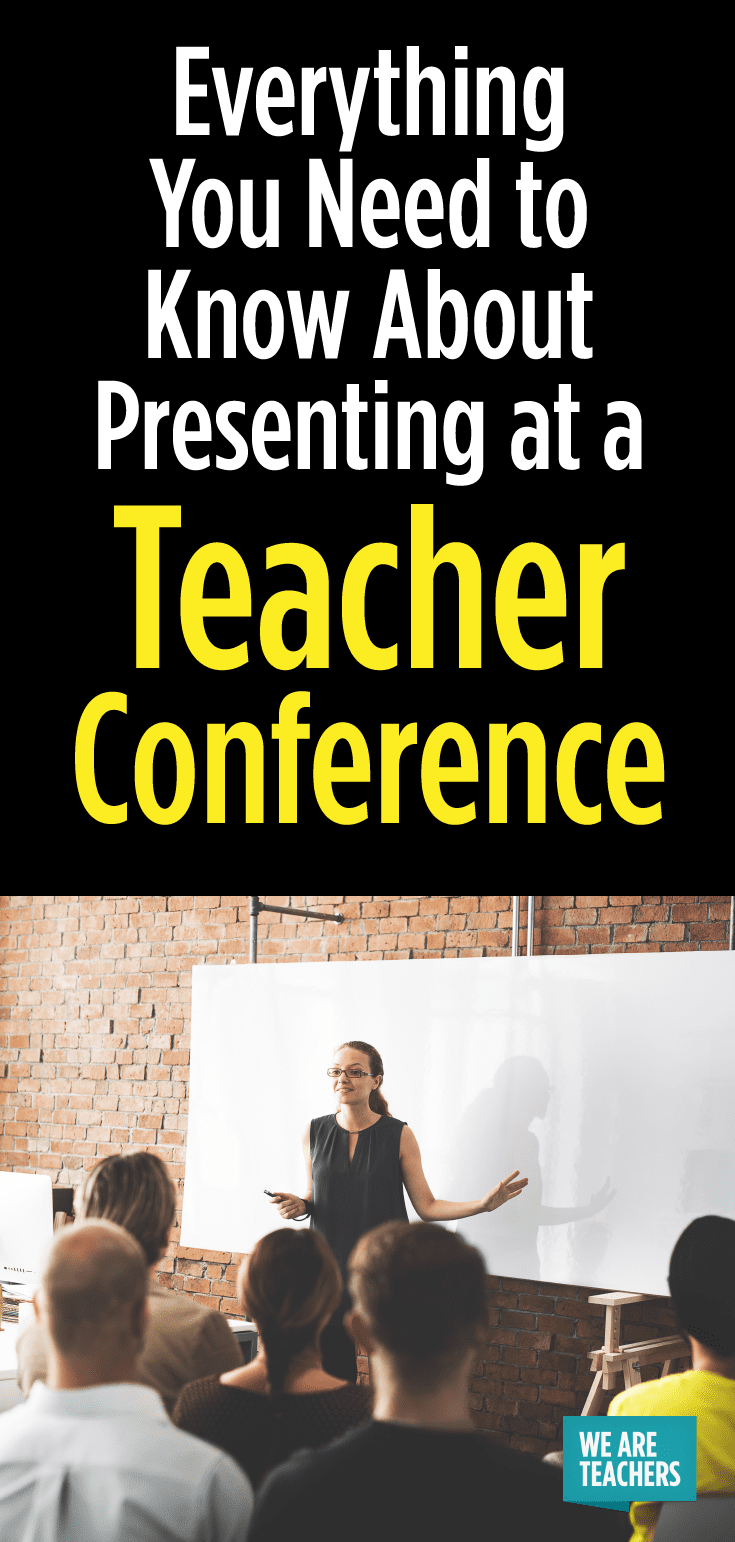
Begin with a topic
What have you tried in your classroom that has worked? What strategies have you tested that have led to engaged and empowered learners? What lessons or units have colleagues asked you to share with them?
Whether it’s a unique way to use video, a surprisingly fun activity that had your students up and moving, a set of STEM challenges, a web design project, or a fresh take on bell ringers, chances are, if your students are loving it, it’s well worth sharing.
If it happens to fall in with a popular educational trend like design thinking, STEM, genius hour, flexible seating, choice reading, virtual field trips, etc., so much the better. Sometimes large conferences will advertise the types of topic threads they are looking for in particular. But in the end, think about what you love most in your classroom right now and how you could deliver it in an extremely actionable way to other teachers.
How will I know if my topic is good enough?
If you’re still worried that other teachers might not benefit from your session topic idea, pow wow with other teachers in your department or grade level. Run a few of your favorite classroom practices by them and ask which one they’d be most excited to add to their own teacher toolkit. Find out what questions they have about it, and what types of resources you could share in a session that would help them start to use it right away. Market research, baby!
After this conversation, you should be ready to talk specifics in your proposal. Paint a picture of what teachers will learn and how you will convey your information. Vague will not help. Lots of teachers might apply to present on “blogging,” but how many will apply to present on “How to use choice blogging as a weekly 20% time project starting tomorrow”?
Can I recruit a friend?
If you think it would make you feel more comfortable, pull together a presenting team. If you and your teaching partner are rocking your Santa’s Workshop Maker Project together, by all means, present it together. If you and a colleague in another state have been doing a collaborate classroom project together, apply as a team.
With multiple folks presenting, you get more perspectives on the topic and there is never anything wrong with that.
However, there is no need to present as part of a team or panel. Just do it if it would make the presentation richer or make you feel less nervous.
How can I find a place to present? And how far in advance must I apply?
A quick internet search for a teacher’s association in your field and you are on your way. Take ELA as an an example. Type in “National Council of Teachers of English” and a link in the top hit menu is “Annual Conference.” Click on it and you will soon find that proposals for the November conference in Houston are due in a few short weeks. For the big annual conventions, you have to make your proposals way in advance. But that gives you lots of time to prepare.
On the local level, pop in the state association of your choice, such as “California Teachers of English” and you will again see the annual convention and call for proposals immediately. For the CATE convention, proposals were due in November for the March convention. You don’t have to plan quite as far ahead for regional and state conferences, which are probably the best place to start.
Once you identify a conference or two that you’d be interested in presenting at, just bookmark their pages on your computer and wait for the next call for proposals.
This is all sounding like quite a lot of work. Why would I do it?
Presenting at a conference positions you as a leader in your field. You’ll catch the attention of your school administration when they see you out making a name for yourself on the local or national level. They may also be more likely to fund your trip if you are presenting than attending.
But more than that, the experience of sharing your best work with other teachers is a deeply satisfying one. You’ll be helping kids in classrooms far beyond your own, and improving the work experience of dozens of your colleagues. And while you’re there, you’ll get to attend lots of other sessions and take home fresh ideas of your own. Not to mention probably enjoy some mojitos and great food out with new friends.
You may just discover that presenting at your conference of choice is going to become an annual tradition for you.
Though some conferences may waive your conference fees if you are presenting, more than likely this is something you will simply do to grow as a professional. And of course, feel that successful presentation glow.
Once I’m there, how do I make sure my presentation goes well?
Making sure you are well-prepared will make the presentation more enjoyable for you and everyone else. Bring tons of copies of the packet of materials you plan to share with teachers, and have those handouts collected as a digital resource that you can e-mail out to teachers who sign up, just in case you still run out.
Search for the room you are presenting in hours before you present so you know where you will be, and check to be sure that you have whatever technology you will require. Along the same lines, show up at least thirty minutes early to test your tech, and have a reasonable back-up plan in case it doesn’t work and you can’t get it fixed in time. You never want to rely entirely on something outside your control.
Don’t be shy about rearranging the room a bit so it suits your presentation style. You can ask everyone to help you move it back at the end of the session.
When your presentation is over, you might consider handing out a very short survey to everyone about what worked well and what they would like to see you add or change. That way if you present again on the same topic, you can make it even better.
Hang around afterwards and chat with teachers who want to ask you more questions. You might find you make some new friends and continue the conversation over e-mail, Skype, or Voxer as the year goes on. You may end up sharing classroom resources and ideas, meeting up year after year to deepen your friendship at this very same conference.

Presenting at a conference is both satisfying and fun, once you get over the initial hump. There’s no need to be intimidated by the process, you teach classes every single day. This is just a class for your teacher colleagues, and they are going to love it!


